4,4'-DDMU
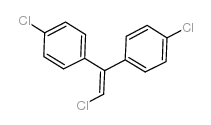
4,4'-DDMU structure
|
Common Name | 4,4'-DDMU | ||
|---|---|---|---|---|
| CAS Number | 1022-22-6 | Molecular Weight | 283.58000 | |
| Density | 1.315 g/cm3 | Boiling Point | 378.5ºC at 760 mmHg | |
| Molecular Formula | C14H9Cl3 | Melting Point | N/A | |
| MSDS | Chinese USA | Flash Point | 264.5ºC | |
| Symbol |

GHS09 |
Signal Word | Warning | |
Use of 4,4'-DDMUDDMU is a biochemical. |
| Name | 1-chloro-2,2-bis(4'-chlorophenyl)ethylene |
|---|---|
| Synonym | More Synonyms |
| Density | 1.315 g/cm3 |
|---|---|
| Boiling Point | 378.5ºC at 760 mmHg |
| Molecular Formula | C14H9Cl3 |
| Molecular Weight | 283.58000 |
| Flash Point | 264.5ºC |
| Exact Mass | 281.97700 |
| LogP | 5.62140 |
| Vapour Pressure | 1.36E-05mmHg at 25°C |
| Index of Refraction | 1.614 |
CHEMICAL IDENTIFICATION
HEALTH HAZARD DATAACUTE TOXICITY DATA
|
| Symbol |

GHS09 |
|---|---|
| Signal Word | Warning |
| Hazard Statements | H410 |
| Precautionary Statements | P273-P501 |
| Personal Protective Equipment | Eyeshields;Gloves |
| Hazard Codes | Xi: Irritant;N: Dangerous for the environment; |
| Risk Phrases | R50/53 |
| Safety Phrases | 60-61-39-26 |
| RIDADR | UN3077 9/PG 3 |
| RTECS | KU7040000 |
| HS Code | 2903999090 |
| Precursor 10 | |
|---|---|
| DownStream 6 | |
| HS Code | 2903999090 |
|---|---|
| Summary | 2903999090 halogenated derivatives of aromatic hydrocarbons VAT:17.0% Tax rebate rate:9.0% Supervision conditions:none MFN tariff:5.5% General tariff:30.0% |
|
Associations of accumulated exposure to persistent organic pollutants with serum lipids and obesity in an adult cohort from Southern Spain.
Environ. Pollut. 195 , 9-15, (2014) The aim of this research was to study the association of the accumulated human exposure to persistent organic pollutants with serum lipid levels and obesity, in a cohort of 298 adults. In the multivar... |
|
|
Assessing the underlying breast cancer risk of Chinese females contributed by dietary intake of residual DDT from agricultural soils.
Environ. Int. 73 , 208-15, (2014) The greatest concern over DDT exposure in China arose since the early 1990s for the rising breast cancer incidence, and the cause still remains to be elucidated. An extensive survey of DDT background ... |
|
|
Prepubertal organochlorine pesticide concentrations and age of pubertal onset among Russian boys.
Environ. Int. 73 , 135-42, (2014) In animal studies, organochlorine pesticide (OCP) exposure alters pubertal development; however, epidemiological data are limited and inconsistent.To evaluate the associations of serum OCP concentrati... |
| EINECS 213-823-7 |
| p,p'-TDEE |
| p,p'-TDE olefin |
| p,p'-DDMU |
| DDMU |
| TDEE |
| 1-chloro-4-[2-chloro-1-(4-chlorophenyl)ethenyl]benzene |
| p,p'-DDM |
| p,p'-DDD olefin |
| p,p'-DME |
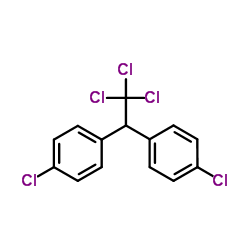 CAS#:50-29-3
CAS#:50-29-3 CAS#:72-54-8
CAS#:72-54-8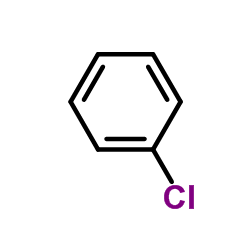 CAS#:108-90-7
CAS#:108-90-7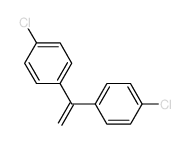 CAS#:2642-81-1
CAS#:2642-81-1 CAS#:873-77-8
CAS#:873-77-8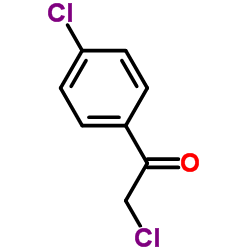 CAS#:937-20-2
CAS#:937-20-2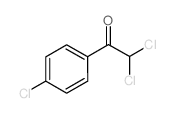 CAS#:5157-57-3
CAS#:5157-57-3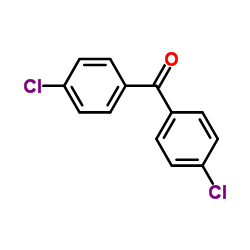 CAS#:90-98-2
CAS#:90-98-2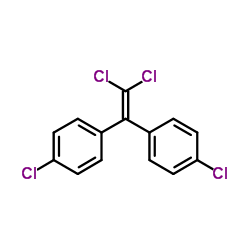 CAS#:72-55-9
CAS#:72-55-9 CAS#:64-17-5
CAS#:64-17-5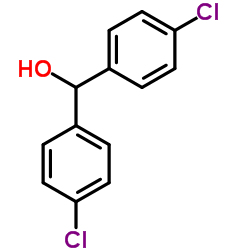 CAS#:90-97-1
CAS#:90-97-1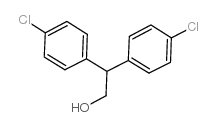 CAS#:2642-82-2
CAS#:2642-82-2![1,3-Dioxolane,2-[bis(4-chlorophenyl)methyl]- structure](https://image.chemsrc.com/caspic/420/24337-12-0.png) CAS#:24337-12-0
CAS#:24337-12-0 CAS#:1820-42-4
CAS#:1820-42-4 CAS#:7647-01-0
CAS#:7647-01-0